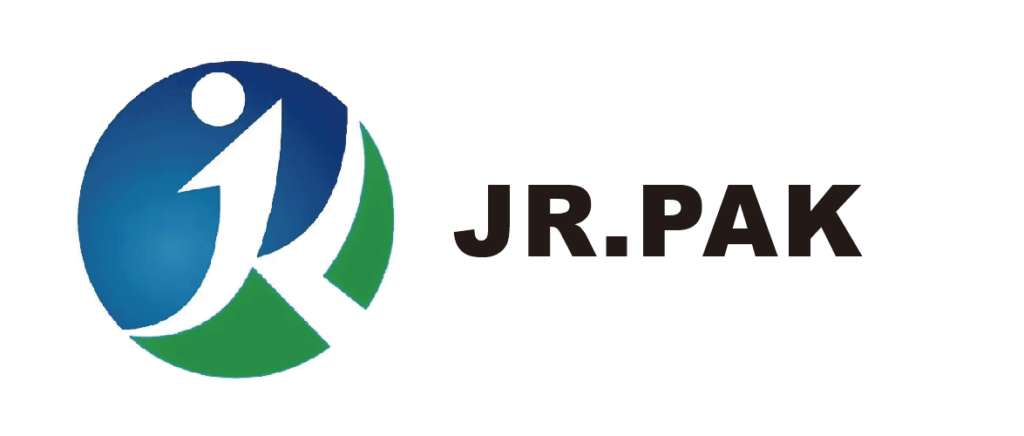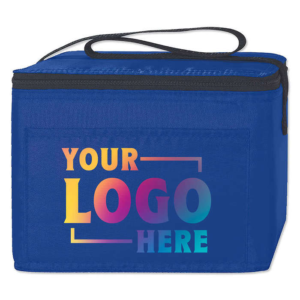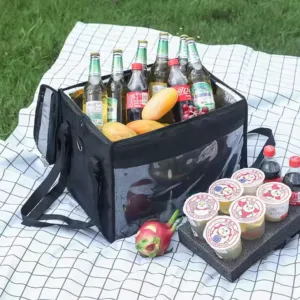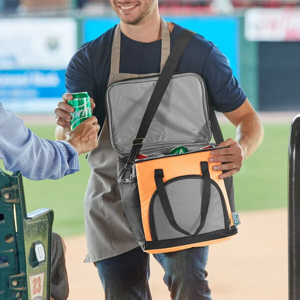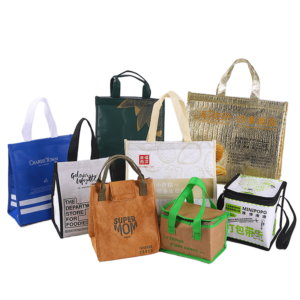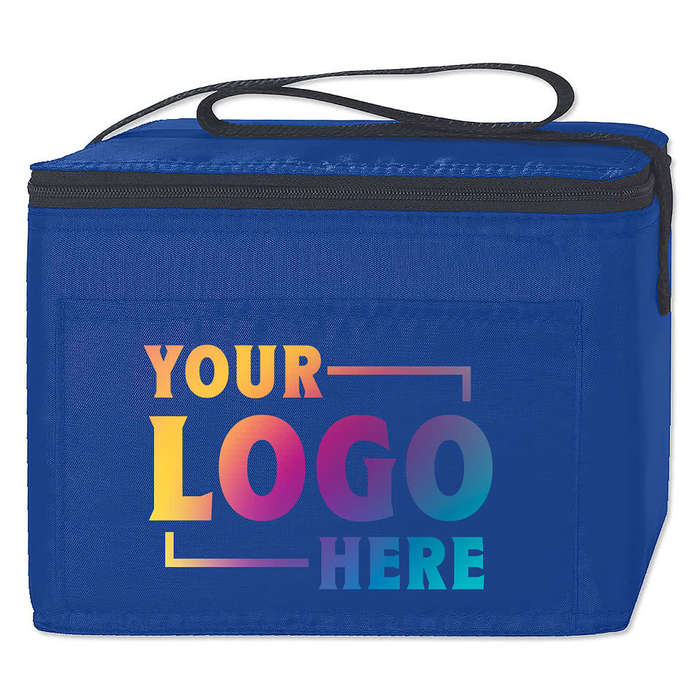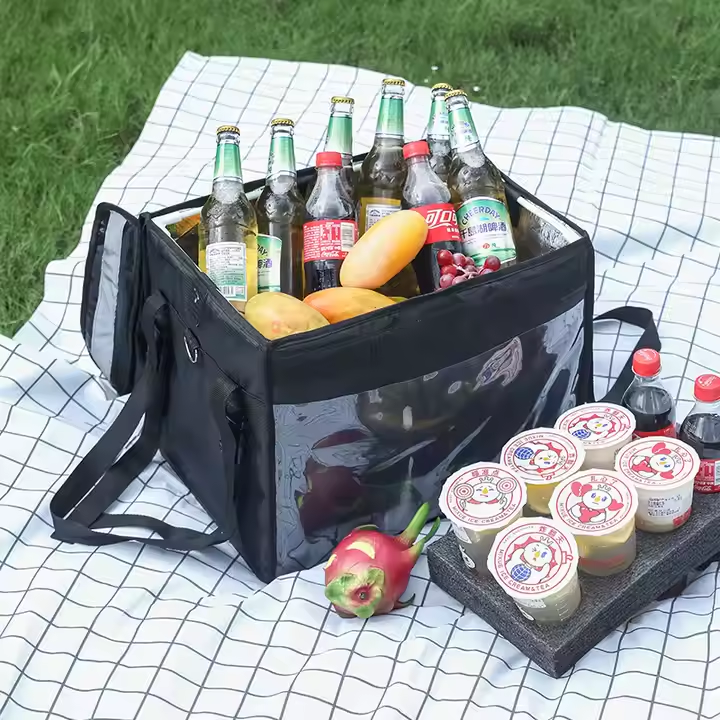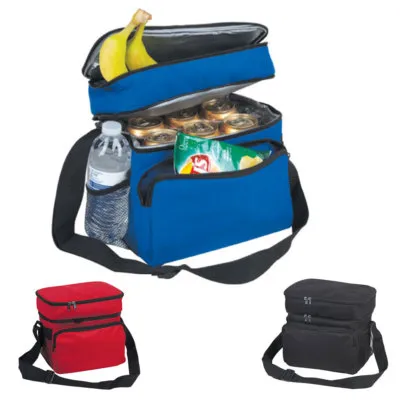Understanding cooler bags by insulation technology1 helps businesses and consumers choose the right product based on temperature retention, durability, and application. This list explores 10 key types used in wholesale and industrial markets.
10 Types of Cooler Bags Based on Insulation Technology
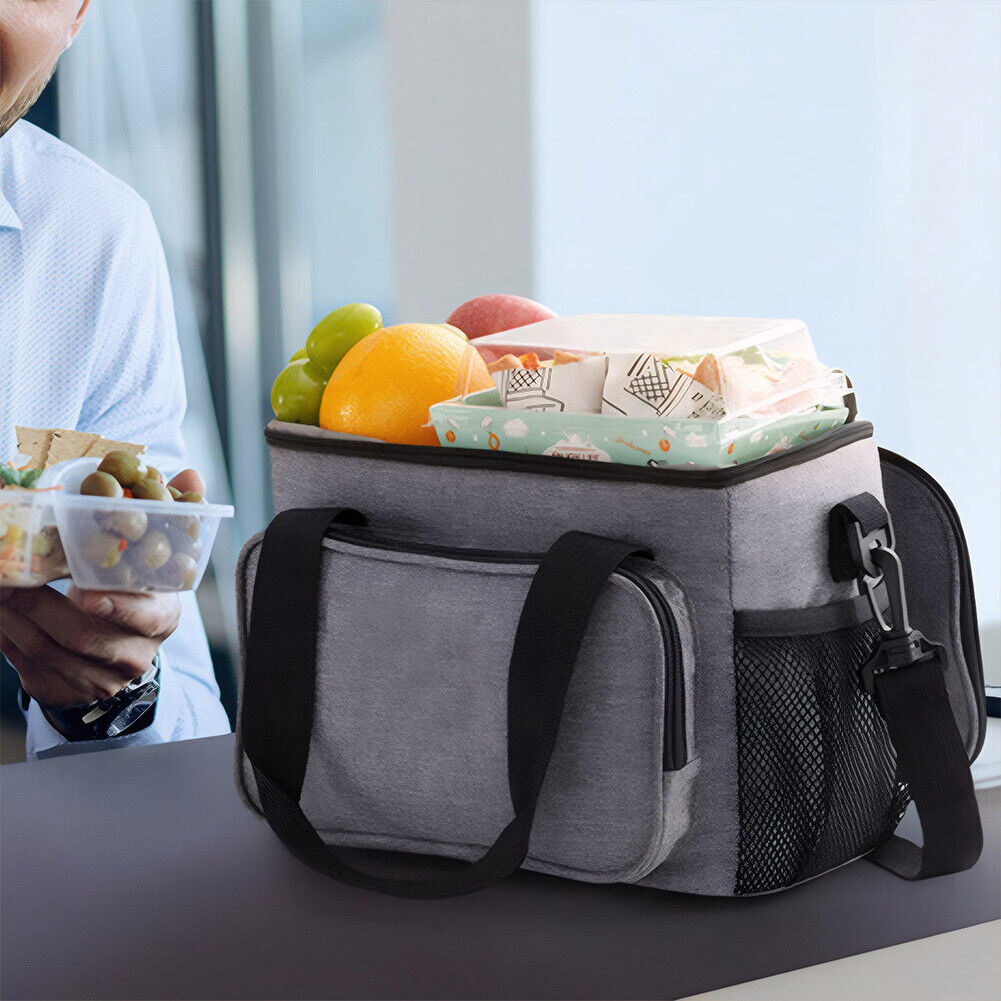
Cooler bags use different insulation technologies to maintain temperatures. They include foam, foil, bubbles, vinyl, Mylar, and multi-layer composites for varied use cases and performance.
Choosing the right insulation tech boosts temperature control and usage efficiency. Keep reading to explore your options.
1. Closed-Cell Foam Cooler Bags2
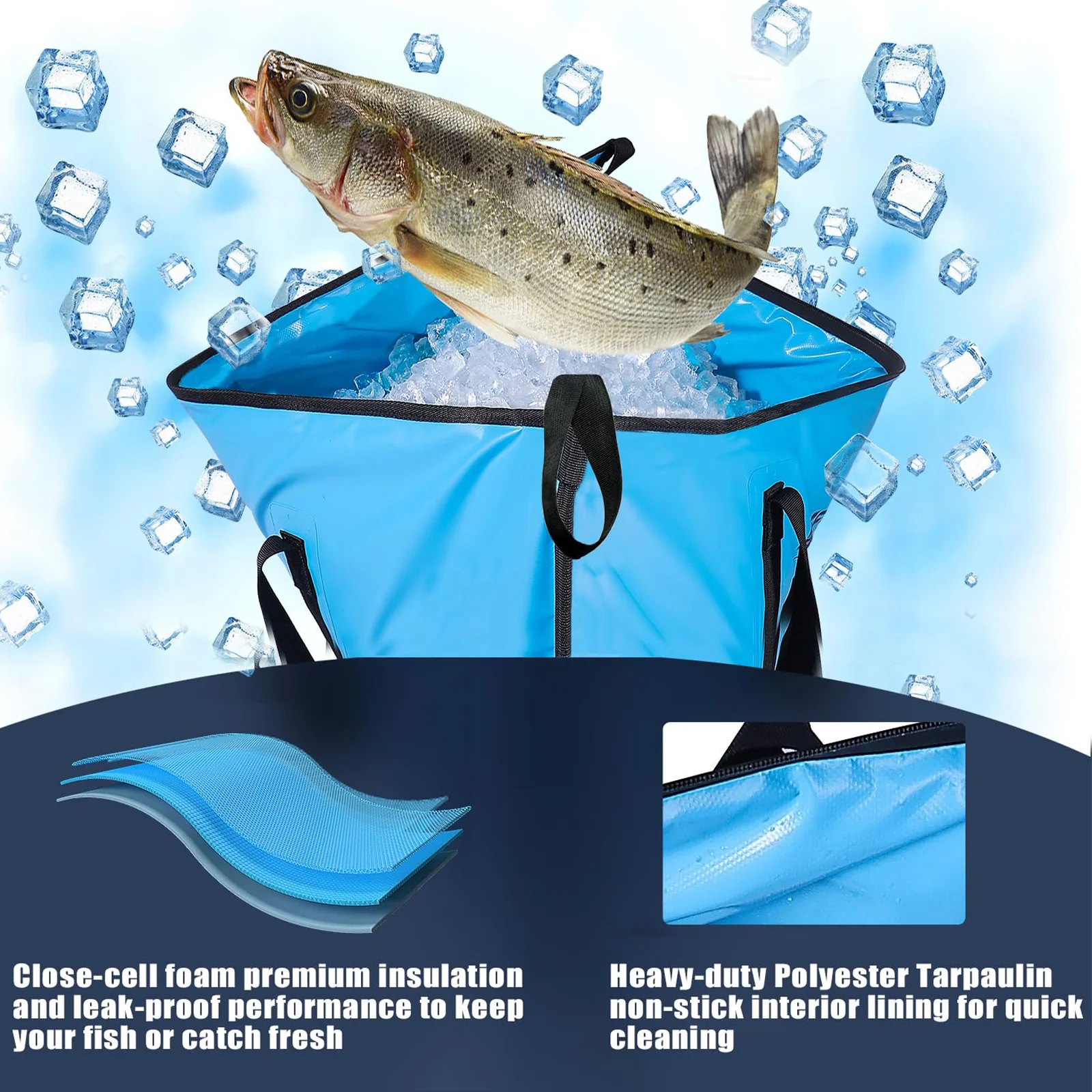
Closed-cell foam traps air to reduce heat transfer through conduction. These bags are the most widely used in cooler bag production for their simple structure and high efficiency.
Why Closed-Cell Foam Works
Closed-cell foam insulation uses tiny air pockets sealed within the foam to stop heat movement. This design slows down thermal conduction and keeps cold or hot air trapped inside the bag.
Features Comparison
| Feature | Performance |
|---|---|
| Thermal Insulation | High |
| Water Resistance | Excellent |
| Durability | High |
| Flexibility | Medium |
This material is ideal for food delivery, personal lunch bags, and short travel use. While it may not offer the advanced layering of premium bags, it provides a strong balance of cost-efficiency and performance.
2. Reflective Aluminum/Foil Lined Bags3
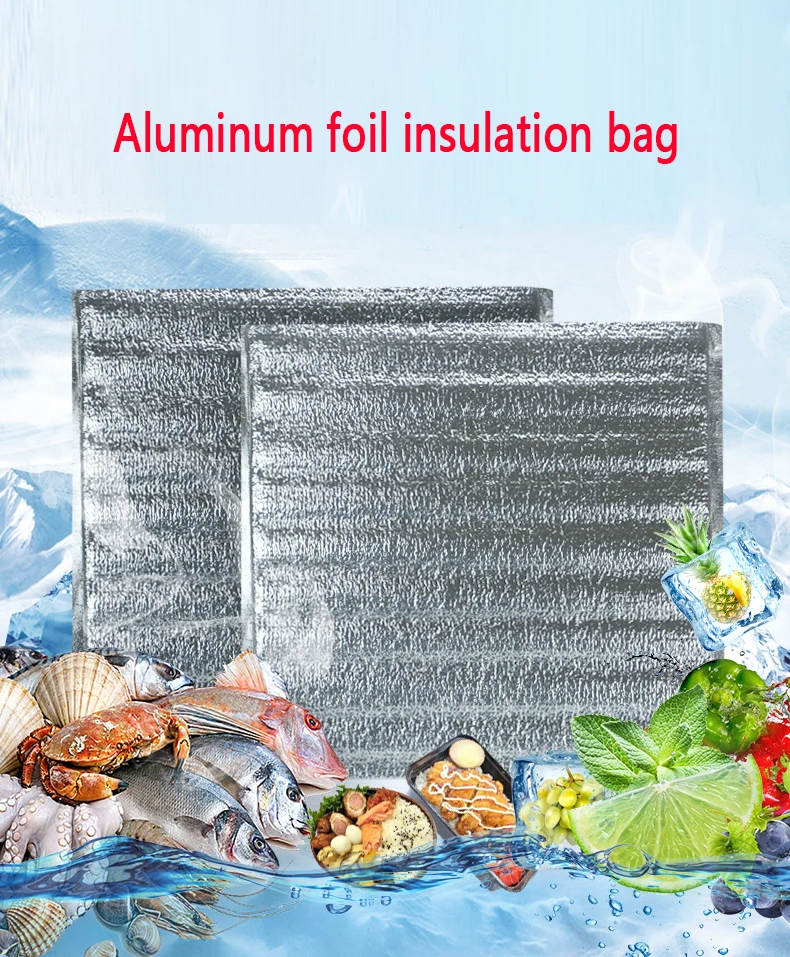
These bags rely on radiant heat reflection rather than air insulation. The metallic liner reflects heat back and reduces temperature change inside.
Radiant Barrier Principles
Reflective insulation does not trap air but works by reflecting thermal radiation. It’s especially effective under direct sunlight or high external temperatures.
Reflectivity and Function
| Feature | Performance |
|---|---|
| Heat Reflection | High |
| Cost | Low |
| Weight | Light |
| Waterproof | Yes |
Foil-lined bags are great for takeaway, supermarkets, or deliveries over short distances. They're not suitable for long-duration storage but perform well in heat shielding.
3. Plastic Bubble Wrap Insulated Bags
These bags use plastic bubbles to trap air, slowing down heat transfer. They are widely used due to low cost and flexibility.
Air Pocket Efficiency
Bubble wrap slows heat transfer by creating a buffer of trapped air. While not the best conductor barrier, it's a light and cost-effective solution for simple uses.
Key Features
| Feature | Performance |
|---|---|
| Flexibility | High |
| Insulation Level | Medium |
| Moisture Barrier | Yes |
| Cost | Very Low |
These are often used in shipping and food industries where temporary insulation is needed.
4. Foil Bubble Wrap Cooler Bags
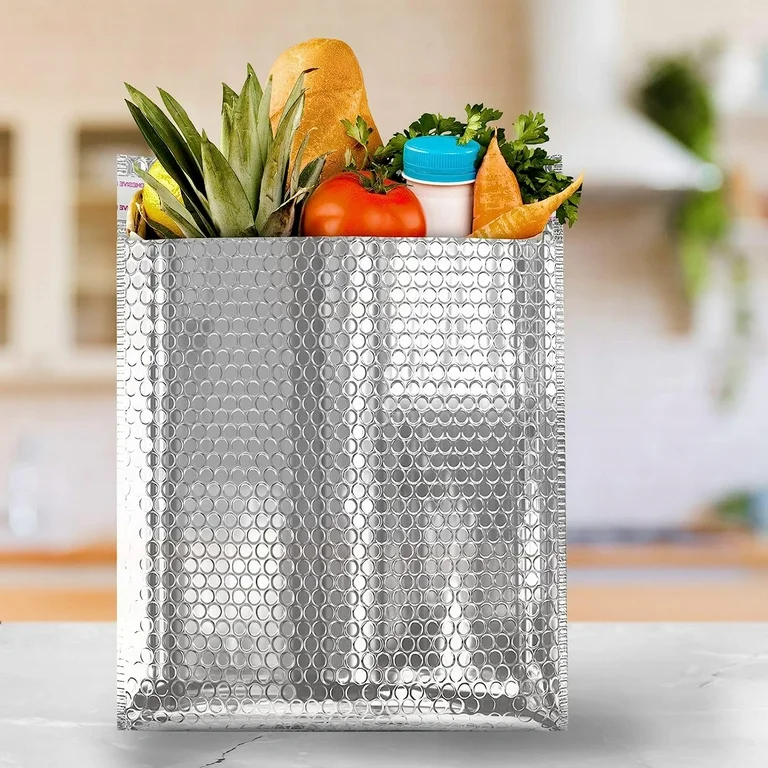
Foil and bubble wrap combine to offer both radiant and air insulation. This hybrid technology boosts effectiveness.
Why Hybrid Layers Improve Insulation
The foil reflects heat while the bubbles trap air, blocking conduction. Together, they increase insulation time and performance.
Layered Benefits
| Layer | Function |
|---|---|
| Foil | Reflects heat |
| Bubble Wrap | Slows conduction |
| Outer Plastic Film | Durability & waterproofing |
Used for takeaway and food delivery, these are ideal when slightly extended cooling time is required without adding bulk.
5. Reflective Mylar Insulated Bags
Mylar has high heat reflectivity and is often used in premium bags. It reflects heat and adds a sleek, professional appearance.
High Reflectivity, High Performance
Mylar reflects over 90% of radiant heat. Its thin, durable structure makes it an excellent lining for cooler bags, especially in the medical and tech delivery fields.
Material Overview
| Property | Mylar Performance |
|---|---|
| Heat Reflection | Excellent |
| Weight | Very Light |
| Durability | Good |
| Moisture Resistance | Excellent |
These are best for high-value items where stable temperature control is critical.
6. High-Density Polyurethane or EVA Foam Bags
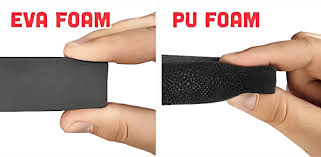
High-density foams provide superior insulation. They resist compression and retain cold/hot temperatures for longer periods.
Structural Advantage
Dense foam reduces the rate of heat transfer more effectively than standard foam. It maintains shape, increases insulation time, and adds to overall bag sturdiness.
Foam Density Table
| Foam Type | Insulation Efficiency |
|---|---|
| Standard PE Foam | Medium |
| EVA Foam | High |
| Polyurethane Foam | Very High |
Best for longer trips, catering services, or temperature-sensitive products.
7. Thermal Vinyl Insulated Bags
These bags use vinyl exteriors and insulated linings. They offer great water resistance and a smooth, easy-to-clean surface.
Clean and Tough Design
Vinyl is naturally waterproof and blocks external heat. Combined with insulation, these bags are used where hygiene is important, like medical or seafood transport.
Thermal Vinyl Traits
| Feature | Performance |
|---|---|
| Cleanability | Excellent |
| Water Resistance | Excellent |
| Thermal Insulation | Good |
Useful for food service, hospital logistics, and frozen product transport.
8. Double-Layered Composite Bags
These bags mix insulation types—such as foil + bubble or foam + Mylar—to enhance performance. They are more adaptable to different needs.
Layer Combinations
Mixing insulation methods tackles different types of heat transfer. Reflective + foam or bubble wrap + Mylar are common pairs.
Example Combinations
| Inner Layer | Outer Layer | Purpose |
|---|---|---|
| Foil | Bubble Wrap | Light + Reflective combo |
| Foam | Mylar | Durable + Reflective combo |
Perfect for flexible logistics needs where bags must perform across temperatures and conditions.
9. Thinsulate or Engineered Thermal Fabric Bags
These use engineered thermal fabrics like Thinsulate, offering advanced insulation in thinner profiles. These bags are used in premium products.
Engineered for Performance
Thinsulate uses microfibers to trap more air in a smaller space. It is often sewn into premium cooler bags for sleek, compact insulation.
Material Attributes
| Feature | Performance |
|---|---|
| Thickness | Thin |
| Thermal Efficiency | Very High |
| Cost | High |
| Usage Flexibility | Excellent |
Ideal for branded retail, travel, and high-value delivery.
10. Multi-Layer Insulated Bags

These combine outer durable fabrics, foam, foil, and leak-proof linings. They target all heat transfer modes: conduction, convection, and radiation.
Full-System Insulation
Each layer serves a role: outer fabric for protection, foam for conduction, foil for radiation, and liners for moisture. These systems can keep items cold or hot for extended durations.
Layer Breakdown
| Layer Type | Function |
|---|---|
| Outer Fabric | Physical protection |
| Foam Core | Heat conduction barrier |
| Reflective Foil | Radiant heat blocker |
| Leakproof Liner | Spill protection |
Used in pharmaceutical transport, luxury food delivery, and emergency services.
Conclusion
Each type of cooler bag has a purpose depending on insulation technology. Choose based on usage time, content sensitivity, and delivery conditions. From low-cost foil to multi-layer systems, each offers unique benefits.
At JiaRong Packing, we manufacture various insulated bags tailored for B2B clients—from basic foil-lined to high-end multi-layer options. Let us know your needs and we’ll help customize the ideal solution.
Share your preferred cooler bag type or use case in the comments below!
-
Understanding insulation technology is crucial for selecting the right cooler bag for your needs. Explore this resource for detailed insights. ↩
-
Closed-Cell Foam Cooler Bags are popular for their efficiency and durability. Discover more about their advantages and applications. ↩
-
Learn how Reflective Aluminum/Foil Lined Bags utilize radiant heat reflection to maintain temperature, making them ideal for various uses. ↩
